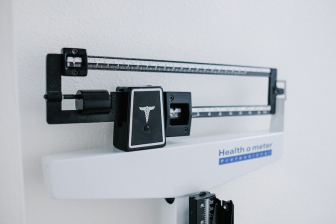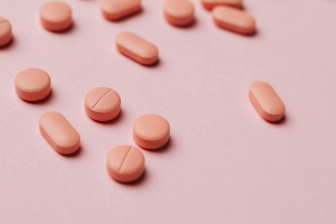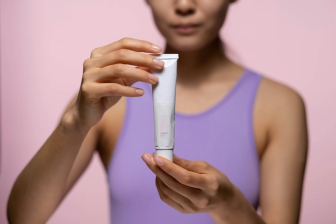New microneedle product could help people with ALS, MS and diabetes
Last updated: 01 November 2019
You can legally access new medicines, even if they are not approved in your country.
Learn how
Remember the hypospray from Star Trek? Maybe it's close to reality.
Medical technology is constantly progressing, and this innovative development is among those set to completely change the way medicines are administered.
Spun out of a research project at the University of Twente in The Netherlands, MyLife Technologies presents a novel step forward from injections, infusions and even pills – ceramic nanoporous MicroNeedle Arrays (npMNAs). "These npMNAs (microneedles) are minimally invasive: the needles are short (200 µm to 500 µm), but are long enough to overcome the skin’s main barrier, the stratum corneum, and short enough to stay away from the pain receptors, present in deeper skin layers. The npMNAs are combined into patches and make self-administration possible. This dermal delivery targets the immune cells present in the (epi)dermis, potentially leading to a significant dose-reduction. Also several orally-delivered drugs may benefit from this new delivery mode as it voids certain side-effects and the liver’s first pass effect could be avoided," says CEO and co-founder Pieter Jan Vos.
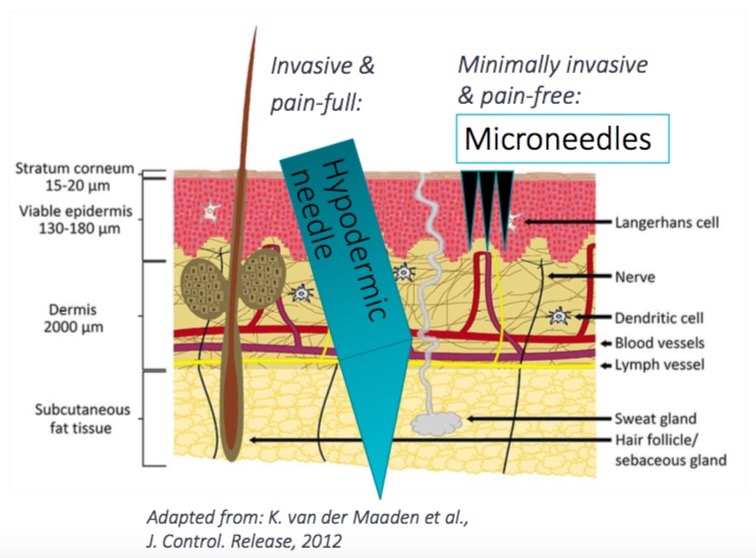
How do microneedles work?
The needles are made from bio-inert ceramic material, providing sufficient mechanical strength and sharpness to effectively penetrate the outer skin layers but don't leave open wounds like needles do. The medication then diffuses through to the second layer of skin, the dermis, and is naturally circulated throughout the body. The applicator prototype is a small hand-held device that enables the microneedle patches to be applied. It’s a bit like how we in everyone.org imagine the hypodermic spray from Star Trek would work, except that there is no pressure injecting the medication.
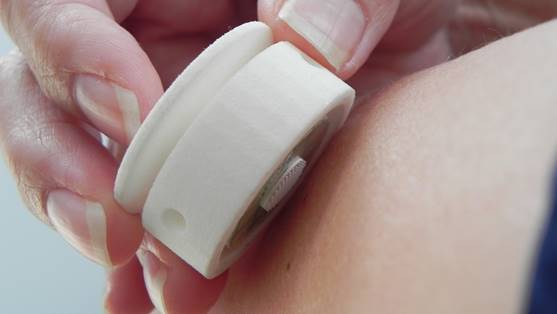
What would McCoy say? "For god's sake Jim, I'm a doctor not an engineer!"
What is the potential impact for patients?
As many of our readers know, the side effects of medications can sometimes be as bad as the disease itself. This technology could help to change that. Oral medications for example, which are often preferred because no medical oversight is needed (except perhaps in cases like Alzheimer's), can sometimes have greater side effects, and for people with swallowing problems – a common symptom in people with amyotrophic lateral sclerosis (ALS), this can be very dangerous. Timed release can also be hard to guarantee with pills, whereas microneedles can be primed for fast or slow release and can be applied by anyone – even a child.
"In comparison to existing transdermal patches, the npMNA patches generally have a higher delivery efficiency leading to considerably lower residual drug quantities in the patches after usage as conventional patches are highly inefficient and between 50 to 90% of the drug remains behind in the used patches," says Mr Jan Vos.
Imagine, your medicine arrives in a box to your door, you take out your applicator, hold it to your skin for a few seconds to apply the patch, and then continue with your day. That's it. No need to visit the clinic for your infusions, no need to have a nurse oversee your injections. Now that's science fiction in action.
“It is extremely fascinating to see these kind of technological advancements break forth in the medical world. While incredible advances in technology influence more and more aspects of our daily lives, the administration of medicines has not yet exploited the full potential of such of innovations. So far the results of the npMNA-patch on mice have been very positive. We’re now eager to see what will be the results of the first human study planned for this year. This and similar innovations could have a remarkable impact on patients lives, " said Laura Manca, everyone.org's Products Portfolio Manager.
Live long and prosper everyone!
Cover image courtesy of Joe Haupt - Creative Commons use.


